1. A Cave Locked Away
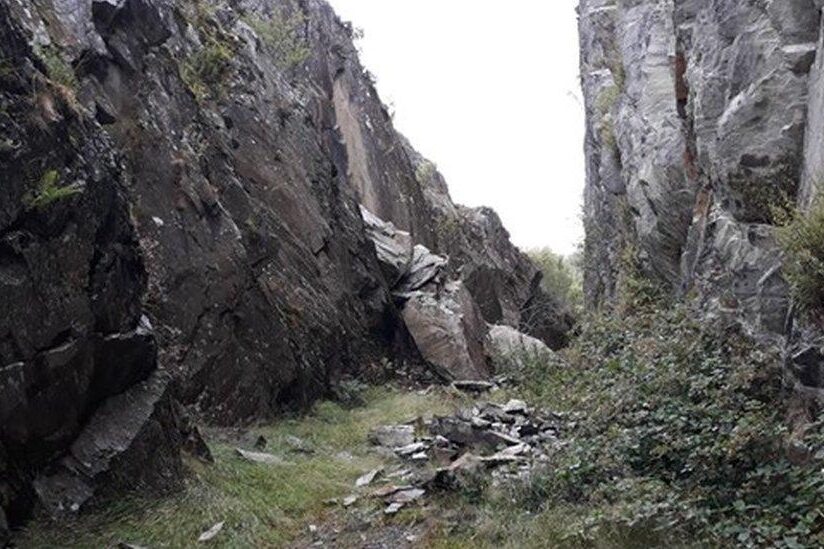
In southern France, scientists uncovered a cave that had been sealed off by a massive rockfall nearly 57,000 years ago. For millennia, no human, no animal, no drop of rain had touched what lay inside. Opening it was like cracking into a natural time capsule, untouched since the Ice Age. What researchers found wasn’t gold or bones but something stranger and far more revealing about the people who once walked the earth. What was sealed beneath the stone wasn’t treasure but a message carved in silence, waiting thousands of years to remind us where our story began.
2. Marks on the Walls
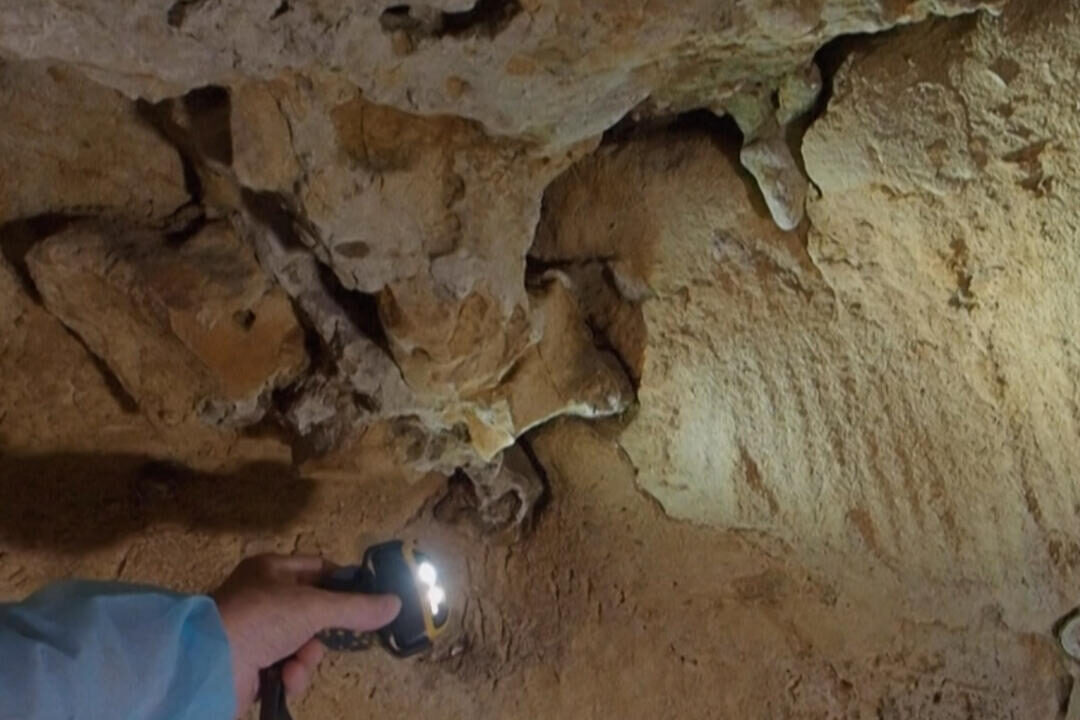
As they explored deeper into the cave, researchers spotted unusual grooves carved into the stone walls. They weren’t random scratches left by animals sharpening claws or geological accidents caused by shifting rock. The grooves were arranged, deliberate, and clearly the result of hands shaping stone. Each pattern hinted at thought, intention, and meaning, evidence that someone tens of thousands of years ago wanted to leave a message behind. Every line seemed to whisper, “We were here,” bridging a gap between the forgotten and the living. The walls had become the first storytellers humanity ever knew.
3. The Hands Behind Them
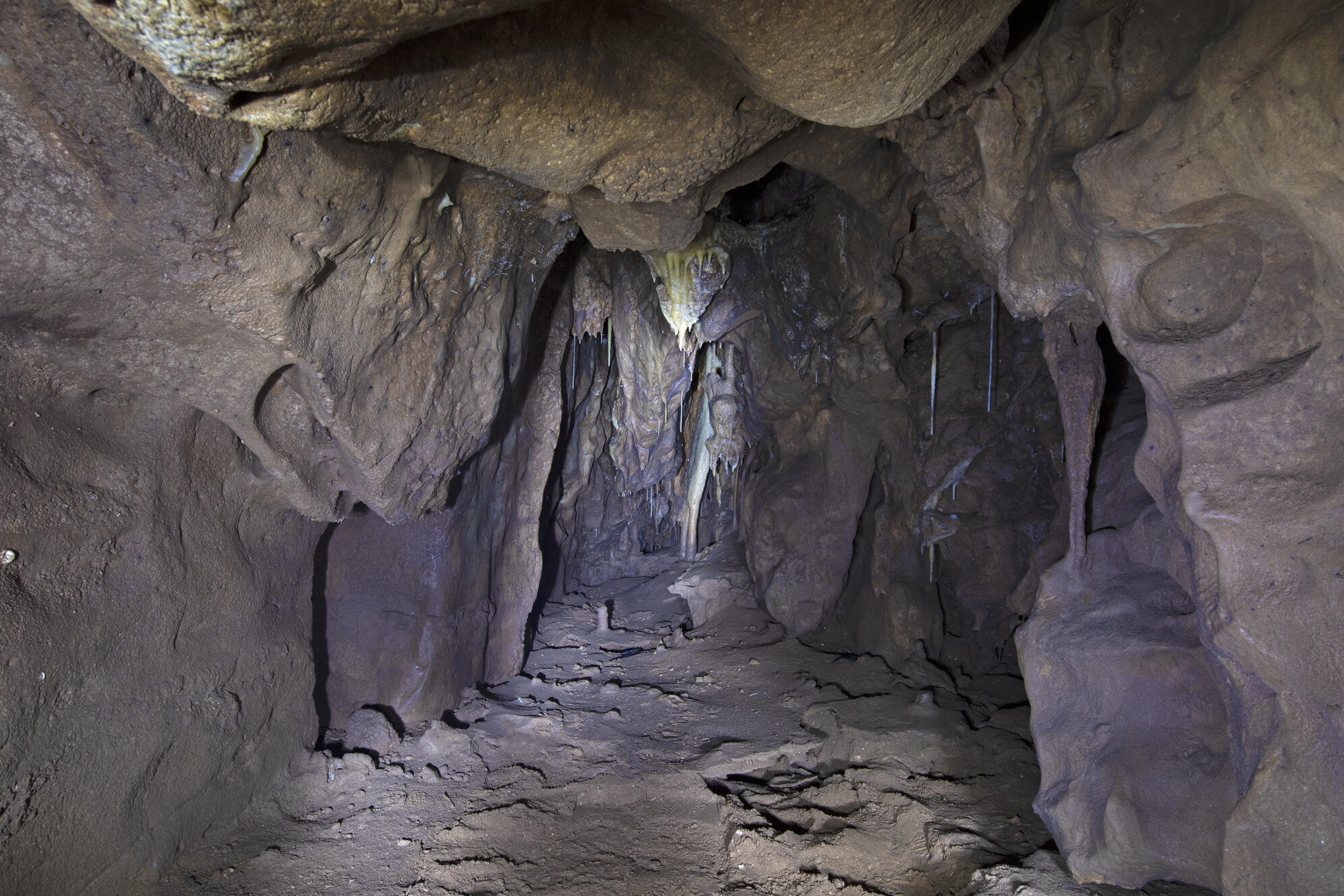
Carbon dating couldn’t stretch far enough, so researchers turned to other methods. The markings were dated to about 57,000 years ago, far earlier than Homo sapiens had reached that part of Europe. That left only one possibility: Neanderthals had made them. Far from the old stereotypes of grunting cavemen, these were our cousins, humans in every meaningful way with brains capable of creating symbols and leaving behind traces of their world. The carvings told of minds that thought, questioned, and felt deeply. Through their art, they spoke in a language that still echoes softly through time.
4. Finger-Fluted Designs
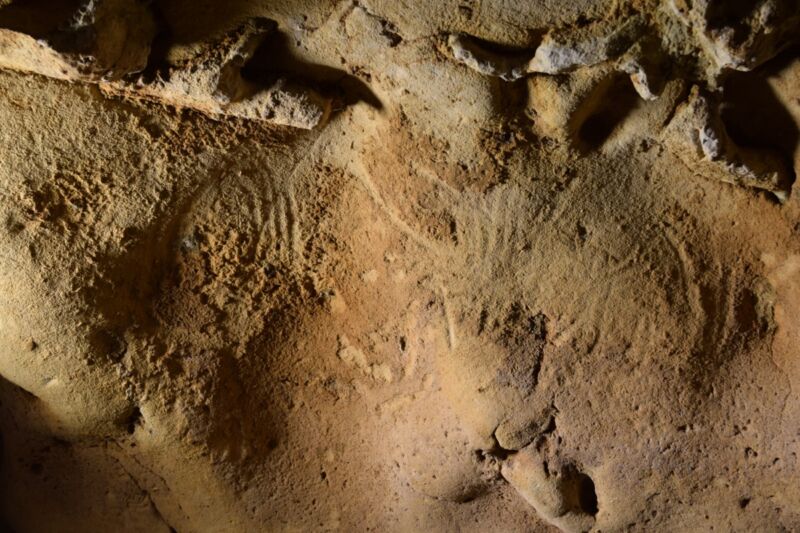
Some of the markings were made with bare hands, fingers pressed into the cave wall to trace deliberate, repeated grooves. Archaeologists call this “finger fluting.” It isn’t easy to do by accident; the lines show consistency and control. Whoever left them wasn’t doodling. They were marking, recording, and perhaps even teaching. It is as though the walls themselves became a canvas, preserving the touch of hands that vanished tens of thousands of years ago. Those simple motions, pressed into ancient stone, became their way of remembering. In those soft, curved grooves, touch became humanity’s first signature.
5. Evidence of Tools
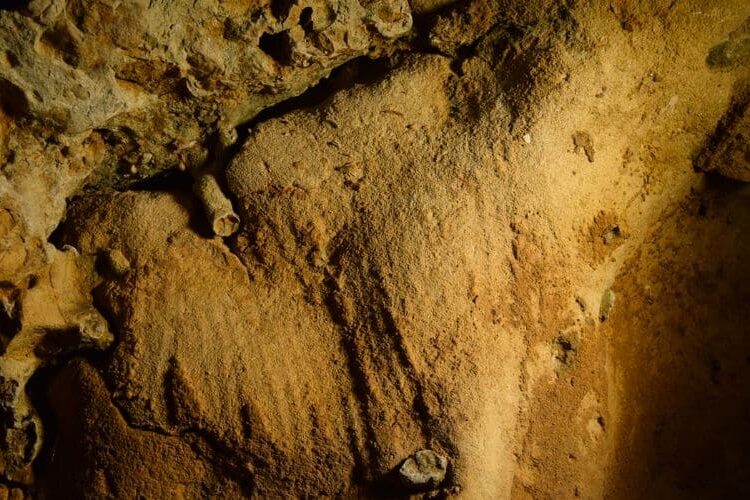
Not all the marks came from fingers alone. Some grooves are sharper and cleaner, showing they were carved with stone or bone tools. That means planning, someone thought to bring the right implements, to prepare the surfaces, to create. These were not idle scratches from a moment of boredom but deliberate inscriptions. It reveals not only imagination but also craft, showing Neanderthals worked with both body and tool to express themselves. Every etched stroke told a quiet story of purpose and precision. What they left behind wasn’t chaos, but proof that even in darkness, they dreamed.
6. Sealed by Nature

What makes this discovery so powerful is the cave’s sealed state. When the entrance collapsed, it locked everything inside away from the world. No water seeped in, no animals clawed at the walls, no humans defaced what was left behind. For 57,000 years, the cave stood in silence, waiting. When researchers finally entered, it was as though they were stepping into a world frozen in time, one of the rarest gifts archaeology can give. Nature itself had chosen to guard the story, sealing it like a sacred memory until the earth was ready to reveal it again.
7. Science of the Dating

Dating something this old requires more than carbon, which can only stretch back about 50,000 years. Instead, scientists studied calcite, a mineral that formed thin layers over the markings after they were made. By analyzing uranium isotopes in the calcite, researchers calculated the age of the stone above the grooves, giving a reliable minimum date for when they were carved. The answer was astonishing, 57,000 years, making them some of the oldest marks ever found. Each mineral layer served as nature’s calendar, quietly recording history in crystal form long before calendars ever existed.
8. The Result: 57,000 Years Old
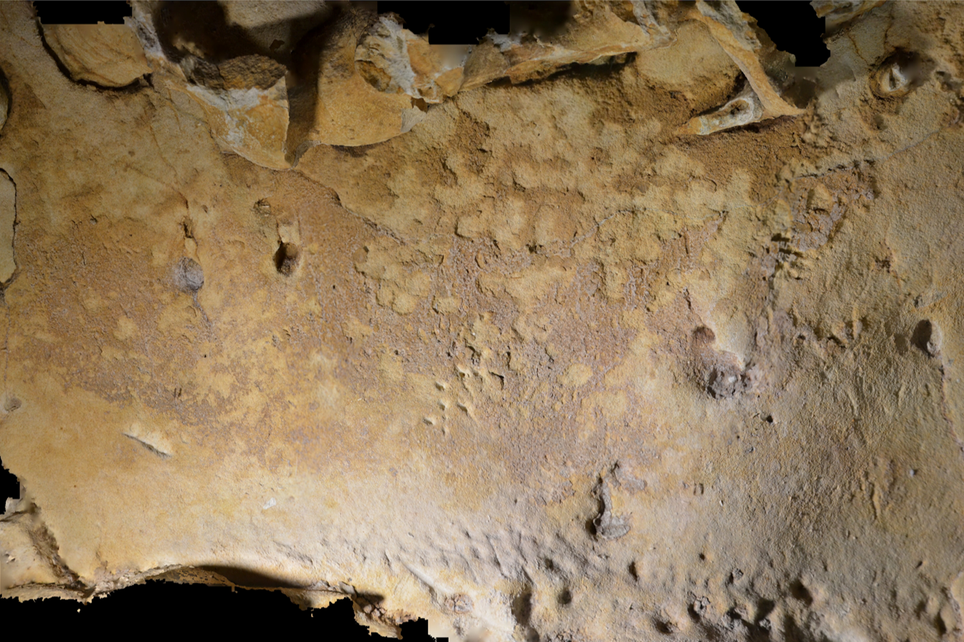
That number matters. It places the markings long before Homo sapiens set foot in Europe. Neanderthals were the only human relatives living there at the time. This means we can’t dismiss the carvings as coincidence; they were made by our cousins, proving once again they were capable of thought, symbolism, and even art. It also pushes the timeline of creativity and meaning making far deeper into the human story than many once believed. The realization reshaped history, showing art wasn’t born with us, but shared with those who came before and dared to imagine.
9. Symbolic Thinking

These markings don’t serve a practical purpose. They aren’t hunting tools, shelter supports, or food storage systems. That makes them even more striking. They seem to represent abstract thought, the ability to create symbols, to leave something behind not because it was useful but because it meant something. In that sense, the cave marks connect us across time, both Neanderthals and modern humans felt the same need to express more than survival. Meaning mattered to them as much as it does to us, and these grooves became the earliest form of remembered emotion.
10. Art or Message

Archaeologists are still debating what these markings represent. Were they an early form of art, a way to decorate a space, or were they messages meant to signal territory, mark events, or even communicate spiritual meaning? The truth is we may never know. But what is undeniable is the deliberateness. Someone stood in that cave 57,000 years ago and decided to carve into stone, leaving questions that still echo today. Whether they sought to create beauty or memory, the outcome is the same, a permanent mark of consciousness in the heart of stone.
11. Challenging the Caveman Stereotype
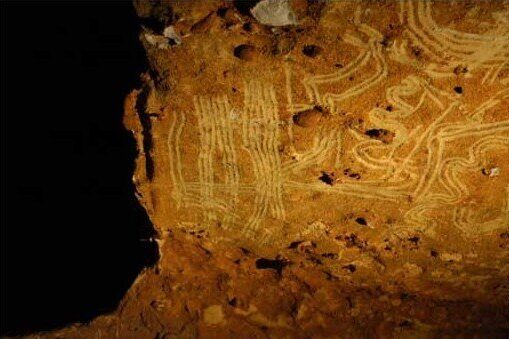
For centuries, Neanderthals have been portrayed as brutish and primitive, little more than animals with fire. But the markings tell another story. They show a species capable of imagination, symbolism, and creativity. The stereotype of a club-wielding caveman collapses when faced with the evidence of deliberate expression. What survived in that cave isn’t just archaeology. It’s proof that our closest relatives weren’t simple-minded at all. They thought, dreamed, and left marks of meaning. These carvings invite us to finally see them not as beasts but as kindred souls, capable of wonder and reflection.
12. Not an Isolated Find
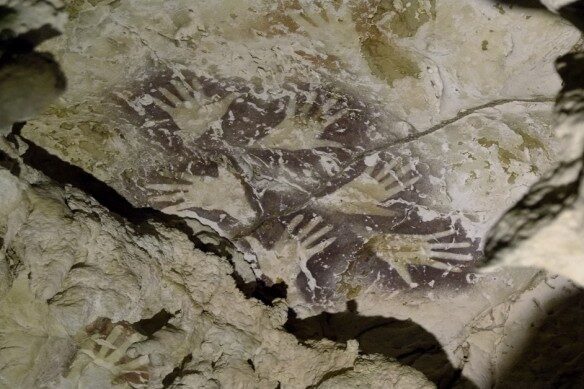
This isn’t the first time such evidence has appeared. Other caves in Europe have revealed similar symbolic marks, suggesting that this wasn’t a one-off event but part of a broader tradition. Different caves, different groups, the same impulse, to carve patterns into stone that would last. Taken together, these discoveries paint a picture of Neanderthals as consistent creators, not just occasional scribblers. Culture, it seems, wasn’t only ours to invent. Across mountains and valleys, their symbols whispered the same truth, the desire to be remembered and the courage to create meaning from silence.
13. Small Tribes, Big Expression

Neanderthal groups weren’t large. A tribe might consist of 15 to 25 individuals, eking out survival in harsh Ice Age landscapes. And yet, even with limited numbers and constant pressures, they made time to mark stone walls. That decision alone says something profound, expression wasn’t optional. It was a priority. They carried with them not just tools for hunting and fire for warmth, but also the impulse to leave behind traces of thought and identity. Their carvings tell us survival meant more than living; it meant being seen by those who came after them.
14. Why It Matters
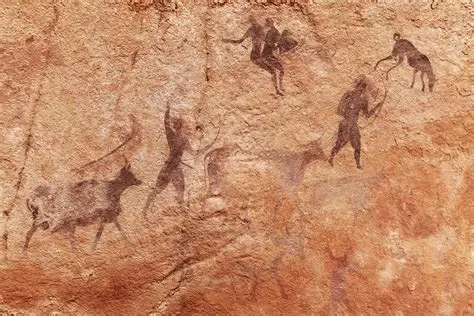
Every discovery like this pushes us to rethink what makes us human. For too long, we’ve believed creativity, symbolism, and art were uniquely ours. But the cave walls whisper a different truth, the urge to mark, to express, to say “we were here” is far older than our species. It means culture isn’t just the story of Homo sapiens, it’s the story of a family of humans who shared the planet together. Their legacy shows that creativity wasn’t invented; it was inherited, passed through time like fire from one soul to another.
15. A Debate in Science
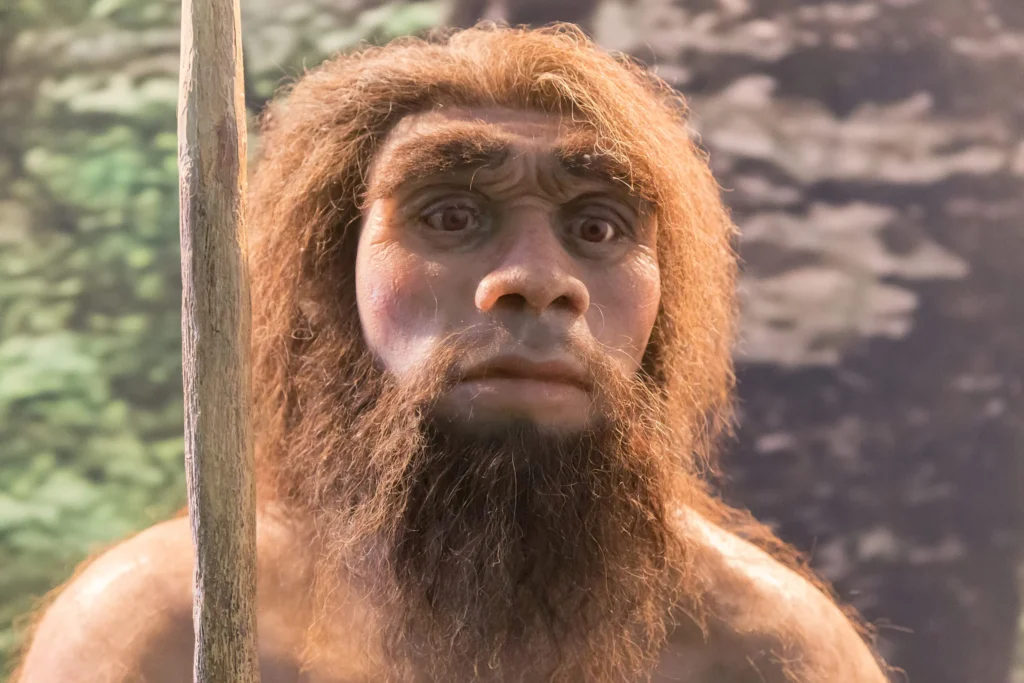
Even now, scientists argue about how to classify Neanderthals. Were they a separate species, Homo neanderthalensis, or a subspecies of us, Homo sapiens neanderthalensis? The answer shapes how we interpret discoveries like this. But labels aside, the markings prove closeness. They weren’t outsiders. They were part of the human family, capable of thought and expression. The cave gives weight to the idea that there were many ways to be human, not just one. What unites us isn’t our species name but our shared need to create meaning and leave traces behind.
16. DNA Still in Us

The genetic legacy makes this story personal. Studies show that most people outside Africa carry between one and two percent Neanderthal DNA. These aren’t strangers we’re studying; they’re ancestors. Their bloodline mixed with ours, and their genes still shape us, from our immune systems to the color of our hair. When we look at those cave markings, we aren’t just observing others. We are, in a very real sense, looking at the work of family. What they began with grooves and stone, we continue with words and memory, still guided by the same spark.
17. The Fragile Treasure
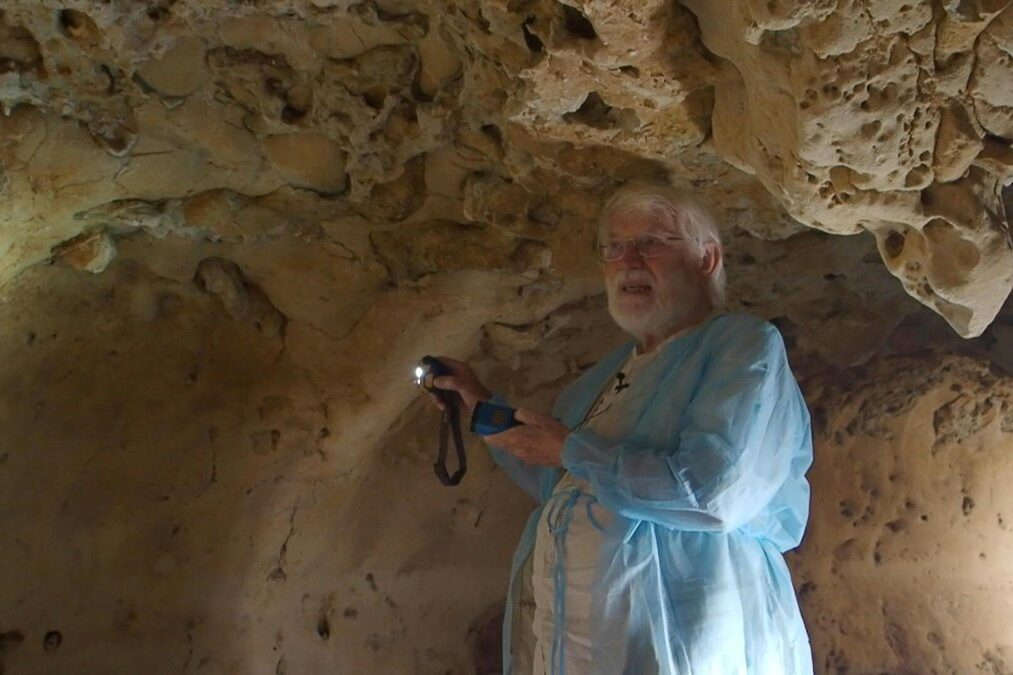
What makes this cave both extraordinary and precarious is its preservation. Sealed away, it survived intact for 57,000 years. But now that the cave is open, it’s vulnerable to moisture, light, human touch, and even breath. Archaeologists work slowly and carefully, knowing that once disturbed, this ancient record can’t be remade. The secrecy of the cave gave us this gift. It also reminds us how easily such gifts can be lost forever. Protecting it is like guarding time itself, ensuring the voices of the past continue to whisper to the living.
18. The Unanswered Question
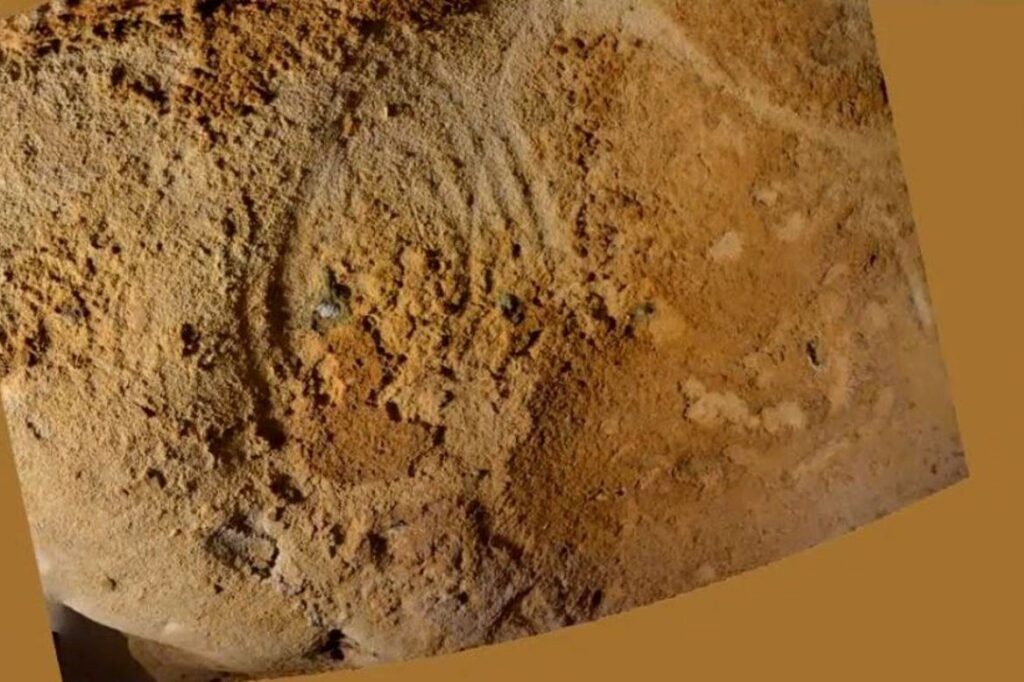
We can measure the age. We can trace the grooves. We can connect them to Neanderthals. But what we cannot do yet is answer the most haunting question, why? Were the markings religious, practical, artistic, or personal? Did they tell stories? Were they made by one individual or a group? For now, the meaning stays locked in the past, a silent riddle carved into stone. That mystery is part of what makes it powerful. Perhaps some questions are meant to stay unanswered, echoing quietly in the chambers of human curiosity.
19. Echoes of Ourselves
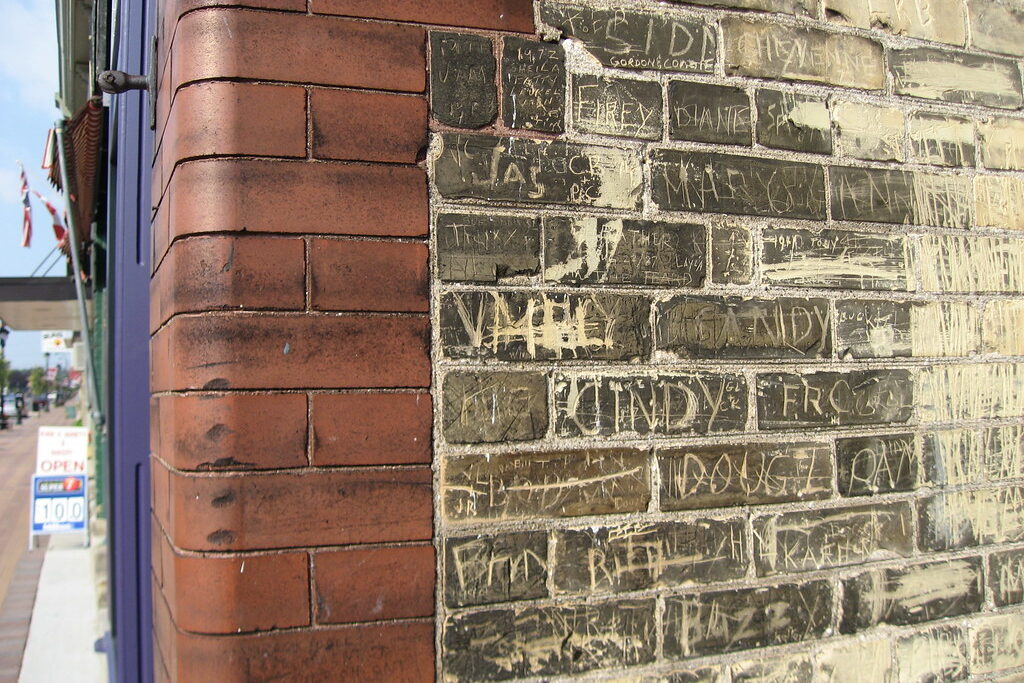
Perhaps the most striking thing about the cave is the familiarity it creates. Across nearly 60,000 years, we recognize the impulse. We too mark walls with names, initials, and art. We too feel the urge to leave something lasting, to prove we existed. In that sense, the Neanderthals in the cave weren’t alien. They were like us, reaching across time with grooves in stone that still speak if we’re willing to listen. Their message is simple and timeless, creation is remembrance, and remembrance is life. Through them, we remember that expression is what makes us human.
20. The Oldest Secret
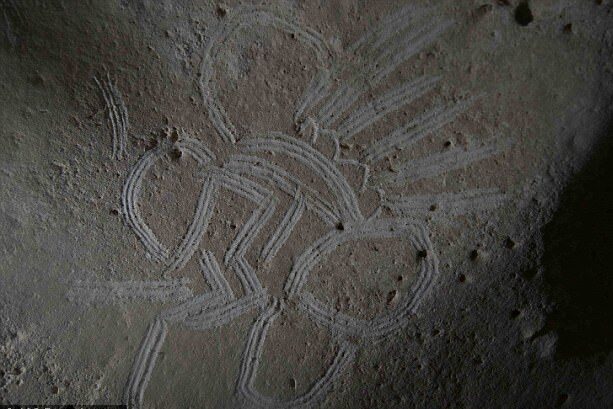
In the end, what was sealed in the cave wasn’t treasure, weapons, or bones. It was proof of imagination, a glimpse into a mind that could think beyond survival. Long before modern humans reached Europe, others were already creating meaning in the dark, shaping identity with stone. The urge to leave a mark, to say “I was here,” is older than our species itself. That is the secret the cave kept for 57,000 years, and it changes how we see the human story forever. Through their hands, we find ours, linked by memory, mystery, and timeless expression.
This story 20 Secrets Sealed in a Cave for 57,000 Years was first published on Daily FETCH


